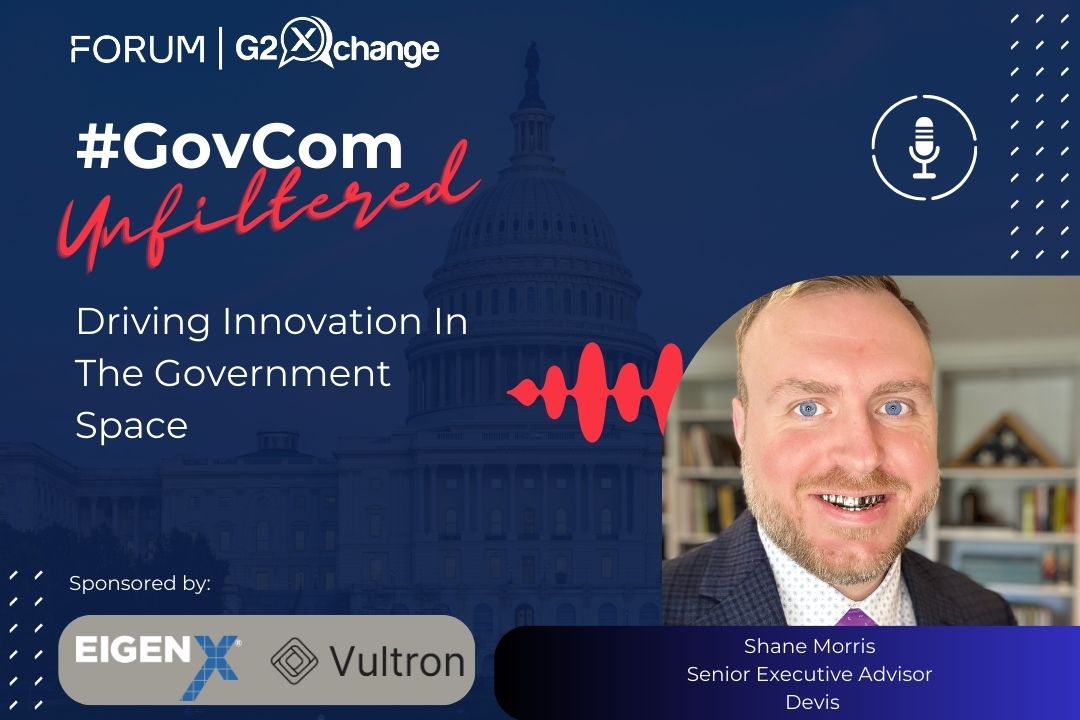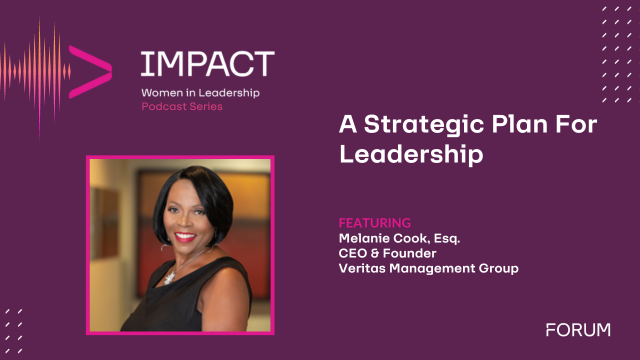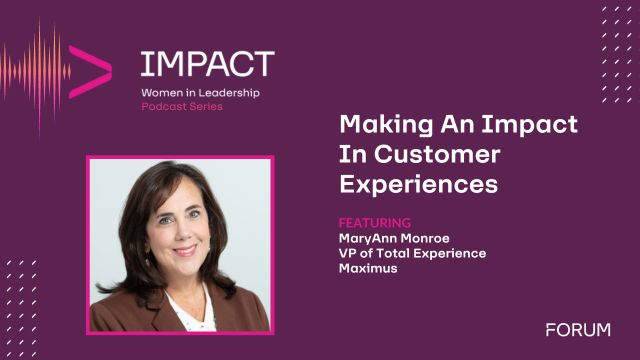The April 30, 2018 FedHealthIT Executive Breakfast Series Event: Driving operational efficiencies through automation: Artificial Intelligence, Robotics and Beyond brought the Federal Health IT community from Government and industry to provide awareness and gain perspective about how Robotic Automation and Artificial Intelligence will play a role in the Federal Health IT modernization journey. Keynote panelists offered insights from each of their respective agencies and focused on the key goals for incorporating AI: Improving quality of care; improving patient experience; and enhancing user experience.
Federal Health Executive Keynote Panelists:
Christine Dymek, EdD., Director, Health IT Division, AHRQ
Hilmar Hamann, Director, Office of Business Informatics, CDER, FDA
Charles Worthington, Chief Technology Officer, Office of Information Technology, VA
Hassan Zahwa, PhD., MHS Genesis Capability Manager, DoD
Here is a recap of the panel discussion sponsored by Pegasystems:
AI has become a buzz word for its dense and robust algorithms and the vast amounts of available data. Together with available technology, these set the stage for a perfect storm. As a term, AI is used too broadly. There must be an ability to hone in on specific problems and related solutions.
DoD – MHS Genesis
- A prime example is MHS, an ecosystem that represents 9.6M beneficiaries; 205,000 users spread across 16 countries; 55 inpatient and 245 dental clinics; and 128M prescriptions filled. Modernization and mobile capabilities will be key and there is a strong desire to be first to develop.
- For process workflows behind the scenes – applications like radiology and pathology readings, where machine learning can apply previous images – there is opportunity to automate and make more accurate decisions. MHS Genesis has allowed greater partnership opportunity with other Federal agencies and civilians. There needs to be an ability to train a machine to make a decision and then to apply that to something like telemedicine for PTSD patients. It cannot be based on an algorithm but what has been learned from others. Stepping from code to enabling pattern identification and learning is the next step.
- MHS has adopted a Google approach of reviewing patterns to provide intervention. There must be trust within industry and from patients that this data is actionable.
- The key for patient experience is making the information understandable, translating the complexity of a pathology report for instance into plain language.
- For any user, training to ensure a good experience, to ensure full understanding and uptake is key. How can machine learning be applied to improve and in real time tailor a training experience to ensure engagement and satisfaction?
- A way to automate merging duplicate or multiple medical records to reduce the current $10k cost could create incredible taxpayer savings.
- For MHS sharing the data is not the hardest part, it’s the data quality. Identifying the data, cleaning the data, and standardizing the data is the beginning.
- A modified acquisition program that eliminates ‘shall’ statements and prescriptive statements, that puts the problem on the street and then works with industry to refine the RFP, a shift from a Statement of Work to a Statement of Objective is the way forward.
Department of Veterans Affairs
- VA, as the nation’s largest Healthcare provider to 9M is focused on improving experience with patient systems and back-end process improvements but is not positioned as far down on the adoption curve for new technology and prefers now to be more middle of the road.
- VA has seen 500-900% improvements just by changing the design of interfaces, making it more user friendly for customers. The goal is increased efficiency with human-centered design first and then getting to AI and machine learning.
- Before we automate, we need information to be digital. Fifty percent of VA data is still in paper or fax form. We need to digitize first, to get data in a place where it can be analyzed.
- VA issued a partnership announcement with a Google sub for an acute kidney disease project that is based on analyzing data to see if the model can be trained to increase effectiveness of the model.
- The opportunity at VA is to provide the data to the people that will be creating these algorithms. We are hoping partners will bring advancements on those algorithms. We’re also focusing on interoperability – systems that are easy to talk with each other; for low barriers for communicating across systems. Starting with small pilots is a good approach. We want to follow where the industry is going, i.e. imagery diagnostics.
- We are really invested in user experience. We created a lot of problems years ago by creating software that really isn’t great. Investing in the user experience guides you to where AI can be really helpful.
- VA has to learn to be less prescriptive on solutions, to let industry propose solutions to us.
Food and Drug Administration
- FDA regulates 20 cents of every dollar spent by the Federal Government and responds to 2M adverse events every year. It possesses a lot of unstructured data that needs to be validated, structured, and about which regulatory decisions have to be made. Modernization and automation of processes will be a prerequisite to drive improvements.
- A challenge facing FDA is inherited legacy data that is incomplete or inaccurate. Key improvements should focus on validating data and identifying unique companies. Sophisticated analysis later in the process will improve results and responses significantly. There is also a need to establish thresholds for the machine to detect ambiguity.
- At the end of the day you want an automated process and you want to be able to compare the automated work to the before work so you can build statistics around accuracy to create a continuous loop of machine learning.
- When it comes to intelligent automation and robotics it’s not so much about the technology or the tools. It’s about a holistic approach, a deep understanding of the use cases and small proof of concepts are good.
- Change management with any type of AI or automation is critical. At the end of the day, we are still trusting a human being more than a machine. It’s really important to consider – how do we build confidence, how do we measure the performance against a baseline?
Agency for Healthcare Research and Quality
- At AHRQ, Health IT grants are focused on effective delivery of services, creating actionable insights using peer-reviewed data and making Health IT more efficient and equitable.
- A recent report confirmed that recent advances in AI are significant and real. A parallel study for clinical uses of AI indicates that clinicians needs to have confidence in AI (rigor, transparency, reusability aspects) to trust it and use it.
- The AI algorithm is only as good as its training data set and requires labeled, trained data so the algorithms can learn from those data sets.
- The key to AI will be data quality and accessibility and interoperability. If we are going to make health data available to learning algorithms it has to be accessible with open data and open APIs. The challenge is data privacy and security.
About Pegasystems
Pegasystems Inc. is the leader in software for customer engagement and operational excellence. Pega’s adaptive, cloud-architected software – built on its unified Pega® Platform – empowers people to rapidly deploy, and easily extend and change applications to meet strategic business needs. Over its 30-year history, Pega has delivered award-winning capabilities in CRM and BPM, powered by advanced artificial intelligence and robotic automation, to help the world’s leading brands achieve breakthrough business results. For more information on Pegasystems visit www.pega.com.













